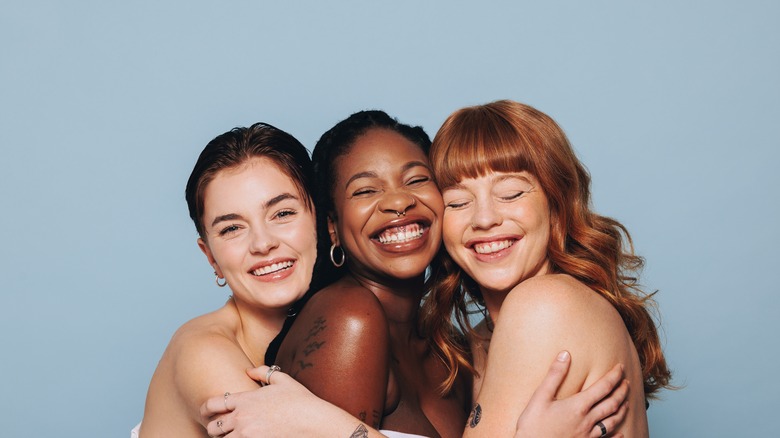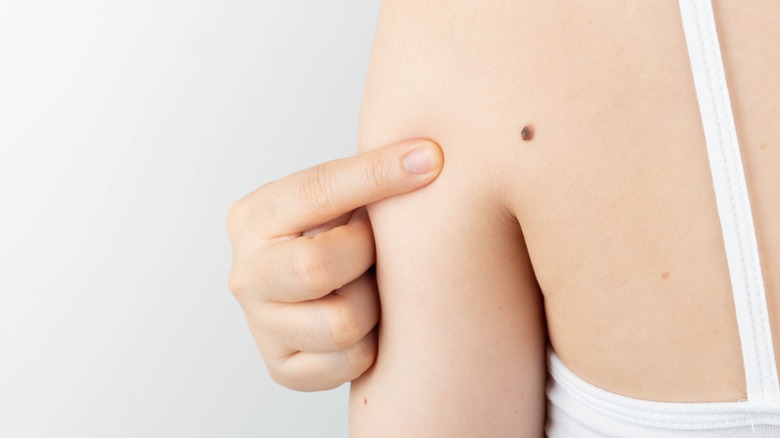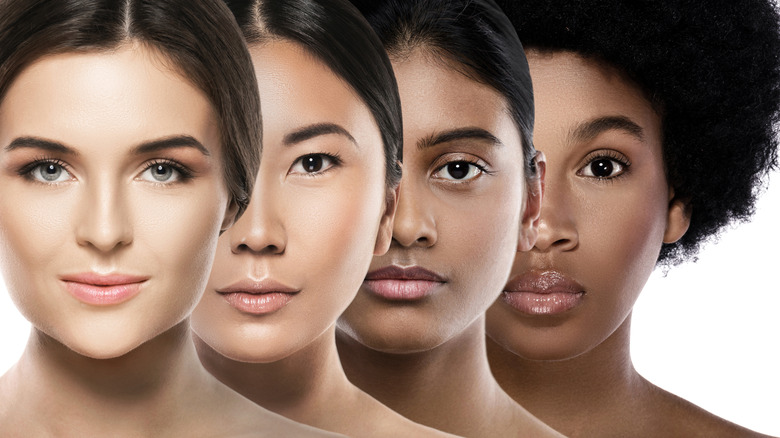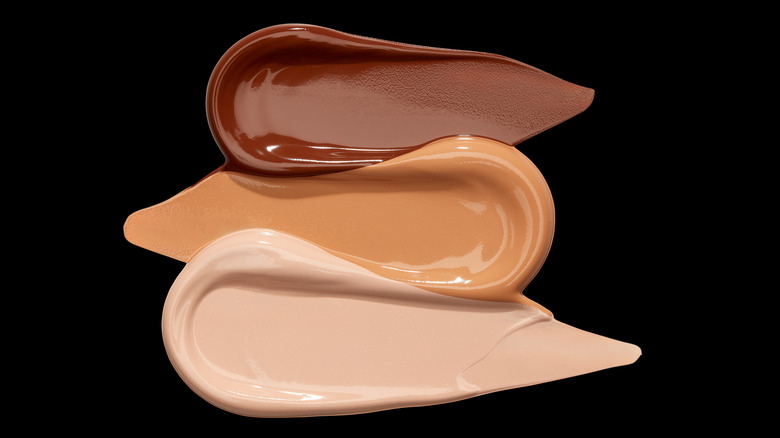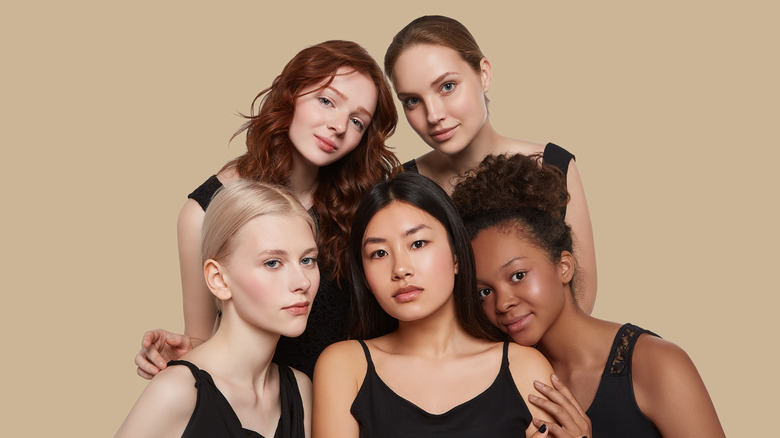The Fitzpatrick Skin Type Scale: What Is It & What Can It Reveal About Your Skin?
Skin is such a complex organ, both in its biology and its societal perception. And one of the things we find most interesting about it is how our skin can be so similar to everyone else's and yet so different. From tones and undertones to our varying levels of sebum production, our skin may comprise the same fibers and cells, but none of us are the same. These complexities and differences in our skin raise the need for classification systems so each skin type or tone knows what works best for their skin and what does not.
Over the years, some of these skin classification systems have become outdated or disproven, while others have been improved and are still used by dermatologists and aestheticians. The Fitzpatrick skin type scale, or Fitzpatrick Skin Phototypes (FSP), is one of the skin-defining systems still in use. You're probably already familiar with skin classifications based on your skin tone (light, fair, brown, deep) or your level of sebum production (oily skin, dry skin, and combination skin). However, instead of sebum production or skin tone, the Fitzpatrick scale is based on the amount of pigment (melanin) in your skin and your skin's tendency to burn or tan when exposed to sunlight.
If you've ever wondered what this scale is and why it's so important in skin cancer detection and aesthetic procedures, here's everything you need to know in one read.
Why is the Fitzpatrick scale important in skincare?
Another fascinating thing about skin is how skin conditions can look or present differently on various skin types or tones. For instance, a rash on one skin type may appear as a bump on others. Unfortunately, this difference in how skin conditions look can make early detection of skin cancers more difficult, as it has been found that only a few dermatologists can correctly diagnose skin conditions in darker skin tones. But thankfully, we have Fitzpatrick's phototype classification to help. The Derma Health Institute explains that the Fitzpatrick scale helps identify cancerous and precancerous sunspots or sores on any skin tone or type, making early detection possible.
Now, dermatologists aren't the only ones who use this scale: aestheticians and laser technicians do too. Several skin types have varying needs, so aestheticians and beauty technicians always take note of yours before cosmetic procedures like laser hair removal. Highly concentrated light is used to zap hair from your follicles during laser. This process can irritate the skin, leading to an excess production of melanin termed post-laser hyperpigmentation or PLH. PLH is a risk in several skin tones but is more pronounced in darker skin tones, and this is why the settings and light intensity for laser therapy are not one-size-fits-all. The Fitzpatrick scale helps laser technicians know the best settings for your skin type to prevent side effects like burning, hyperpigmentation, and even keloid formation.
What are the Fitzpatrick skin phototypes?
The Fitzpatrick scale includes six skin types or prototypes — type I, II, III, IV, V, and VI — arranged from the skin type most likely to burn and least likely to tan to the skin types always tan and never burn. People with type I skin always burn and peel on exposure to sunlight, and they never tan. People with this skin type typically have pale or ivory skin, with blond or red hair. They can also have light blue, green, or gray eyes. People in the type II category can tan, but that is rare. Instead, like type I skin, they also burn easily upon sun exposure. The archetype here is a person with a fair complexion and blue or green eyes.
Unlike type I and II, people with type III skin have a much better chance of tanning but can still burn when exposed to sunlight. You'll find the typical type III look to be someone with a beige or olive tint to their skin, making them a bit warmer than the first two phototypes.
Type IV skin tans quickly but can still burn or peel. The archetype here is someone with a light brown or olive skin tone. Both types V and VI also tan quickly, but while people with type V rarely burn, type VI skin never burns from exposure to sunlight. The typical type V and VI look is someone with a dark brown or black complexion.
How do I find my skin phototype?
Now that you know the Fitzpatrick scale and the six skin types it offers, we're sure you want to know what category you fall into. While your dermatologist or laser tech can help quickly find yours, you can try the skin type test yourself. The test is undoubtedly quite fun to do, too. On it are various questions that have five options. Choose the option that best suits you and the corresponding number. The questions include:
Your eye color (0 = light blue, green, or gray. 1 = blue, green, or gray. 2 = hazel. 3 = dark brown. 4 = brownish-black).
Your natural hair color (0 = red, ginger, or platinum blonde. 1 = light blonde. 2 = dark blonde or light brown. 3 = dark brown. 4 = black).
Your skin color before exposure to sunlight (0 = pale white. 1 = fair skin. 2 = white with beige undertones. 3 = brown. 4 = dark brown or black).
How your skin burns and tans on exposure to sunlight (0 = always burns, never tans. 1 = often burns, rarely tans. 2 = still burns, though not as often, and can occasionally tan. 3 = rarely burns but tans very quickly. 4 = never burns and always tans).
Finishing the test and knowing your phototype
One other question is how much you tan and how sensitive your skin is to the sun (0 = does not tan at all and is very sensitive to the sun. 1 = a light tan and is sensitive to the sun. 2 = moderate, both in tan intensity and sun sensitivity. 3 = tans deeply and is less sun-sensitive. 4 = always tans and is not at all sensitive to the sun). Another is if you have freckles on unexposed parts of your body (0 = many freckles. 1 = several. 2 = few. 3 = very few. 4 = no freckles at all).
Remember to answer correctly and note the corresponding number. When you're done, add up all your points. You have type I skin if your total points are between 0 and 7. Points from 8 to 16 indicate that your skin is in the type II category; 17 to 25 is type III, 26 to 30 is type IV, and the points above 30 indicate skin in the type V and VI categories. Now you know your type, yay!
While certain phototypes might be more common in some races or ethnicities than others, the skin-typing scale does not conflate skin type with race. So, for example, while many people of African descent may have type V or VI skin, many light-skinned and albinic people have skin belonging to other phototypes on the scale.
What do the phototypes reveal about my skin?
By helping us identify precancerous and cancerous sunspots on our skin, the Fitzpatrick scale also helps resolve which skin phototypes have the highest risk of skin cancer. For instance, if you just finished the phototype determining test and found that you have type I skin, you are at much higher risk of developing skin cancers than other phototypes. It's the same with premature aging, as type I skin will find themselves more prone to the photoaging effects of the sun, like fine lines and wrinkles. However, this does not mean other skin types are exempt from paying attention to and protecting their skin from the sun by applying sunscreen and seeking shade during the hottest hours of the day.
If you have type V and VI skin, you might want to be more attentive to where you're getting laser therapy done. While type I and II skin have little cause for concern regarding laser side effects like hyperpigmentation, type V and VI skin must be cautious as there's a higher risk for post-laser hyperpigmentation and the formation of keloids.
Apart from the help it offers dermatologists caring for your skin, knowing your phototype can improve your skincare routine. With your phototype, you'll better understand what sunscreens, depigmenting ingredients, and antioxidants work best for your skin tone. And finally, everyone needs sunscreen, whether you have type I or type VI skin.
